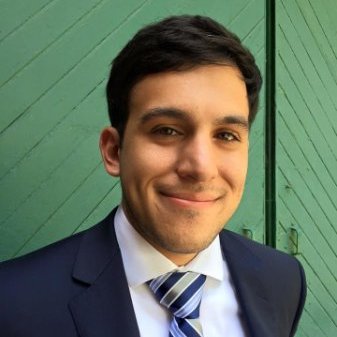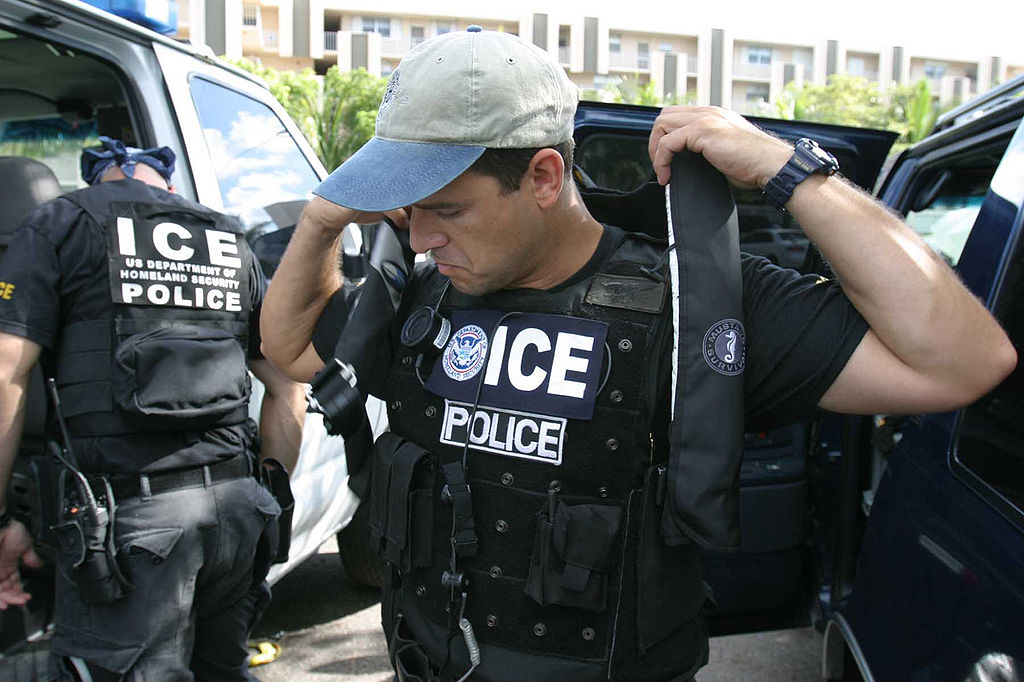The National Guard in Los Angeles
The president hasn’t invoked the Insurrection Act. He’s instead relying on a theory of inherent constitutional power that is far more limited.

Published by The Lawfare Institute
in Cooperation With

Late yesterday, President Donald Trump signed a Presidential Proclamation mobilizing 2,000 National Guard personnel to respond to protests against ICE immigration raids in Los Angeles. This is not an invocation of the Insurrection Act. Instead, the president has relied on a far more limited (though also quite old) theory of inherent presidential authority known as the protective power. In tandem with this theory of constitutional authority, the president has also relied on an emergency statutory authority, 10 U.S.C. 12406, to mobilize National Guard personnel to undertake the duties authorized under the protective power.
There has been significant mischaracterization of what the president has authorized in the memorandum signed yesterday. Governor Gavin Newsom has criticized, for example, a complete takeover of the California National Guard. This is not provided for in the memo. Here is what the memo does provide. First, it characterizes protests (ongoing since Friday) against ICE raids in the Los Angeles area as threatening the “faithful execution of Federal immigration laws.” It also states that “violent protests threaten the security of and significant damage to Federal immigration detention facilities and other Federal property.” The first paragraph concludes by asserting that “[t]o the extent that protests or acts of violence directly inhibit the execution of the laws, they constitute a form of rebellion against the authority of the United States.”
This last sentence is essential to the first legal move made in the memo. The second paragraph begins by invoking 10 U.S.C. 12406, an emergency National Guard personnel mobilization authority. It is essential to first pause here and distinguish Section 12406 from the Insurrection Act. The Insurrection Act is a compilation of statutes enacted across the 18th and 19th centuries, currently codified at Chapter 13 of Title 10, which provide the president positive statutory authority to use the military for law enforcement purposes within the United States in certain enumerated circumstances, generally regarding obstruction of federal law enforcement. It is an exception to the Posse Comitatus Act, the statute that generally criminalizes using the military for domestic law enforcement purposes unless there is express statutory or constitutional authority to do so. Section 12406, on the other hand, only authorizes the president to involuntarily call National Guard personnel into federal service in one of three circumstances. I want to repeat here—all that Section 12406 does is authorize the president to bring National Guard personnel onto federal active duty if one of the following three circumstances applies:
- (1) Actual or threatened foreign invasion;
- (2) Actual or threatened rebellion “against the authority of the Government of the United States”; or
- (3) When the President is unable with the regular forces to execute the laws of the United States.
The first paragraph of the presidential memorandum suggests that the president is using the second prong of the statute as the hook for involuntarily mobilizing these National Guard personnel. This, of course, is factually contestable and, even on the face of the memorandum, unusually weak. (Note that the final sentence of the first paragraph, which alleges the rebellion, is in the conditional.)
We can infer that the legal authority for this mission is the protective power from the text of the second paragraph of the president’s memorandum. We are told that the president has authorized National Guard personnel to “temporarily protect ICE and other United States Government personnel who are performing Federal functions, including the enforcement of Federal law, and to protect Federal property, at locations where protests against these functions are occurring or are likely to occur.” This phrasing of the mission is nearly identical to the text of the Department of Justice Office of Legal Counsel memo, which stands for the modern executive branch understanding of the protective power. In this April 29, 1971, memo, OLC reiterated the longstanding executive branch view that the president has “inherent authority to use troops for the protection of federal property and federal functions.” This understanding of presidential power is based on a broad understanding of the president’s authority under the Take Care Clause, in addition to dicta from In re Neagle and In re Debs, asserting what OLC calls “the President’s inherent powers to use troops to protect federal property and functions.”
Importantly, the protective power does not extend as far as the general authorization to undertake law enforcement functions which the Insurrection Act provides. This is implicitly noted in the 1971 OLC memo, which ends by advising the president that he can still invoke the greater powers available under the Insurrection Act if circumstances further deteriorate. It was more explicitly recognized by former Attorney General Bill Barr in the wake of the last known invocation of this authority—the military response to Black Lives Matter protests in Washington, D.C. In a letter to D.C. Mayor Muriel Bowser, Barr wrote that the authority to protect federal properties included:
- “crowd control, temporary detention, cursory search, measures to ensure the safety of persons on the property, and establishment of security perimeters, consistent with the peaceful exercise of First Amendment rights)”;
- “protection of federal officials, employees, and law enforcement personnel from harm or threat of bodily injury”; and
- “protection of federal functions, such as federal employees’ access to their workplaces, the free and safe movement of federal personnel throughout the city, and the continued operation of U.S. mails.”
We see a gesture towards these limitations in the presidential memorandum’s third paragraph. It begins by stating that “to carry out this mission, the deployed military personnel may perform those military protective activities that the Secretary of Defense determines are reasonably necessary to ensure the protection and safety of Federal personnel and property.” This single sentence could not be more important. The executive, again as reflected in the 1971 OLC memo, has long asserted that the protective power is not an exception to the Posse Comitatus Act because the activities authorized under the protective power are not themselves law enforcement activities. In the days to come, the public must be laser focused on seeing the extent to which Secretary Hegseth adheres to these historically recognized limitations.
There will be time in the days to come to dig further into the twisted history of the protective power. As I have written previously, the 1971 OLC opinion articulates an understanding of presidential authority that can be traced back to President Millard Fillmore’s use of the military to enforce the Fugitive Slave Act in 1850. But this history belies what I believe are significant infirmities in the executive branch’s purported legal basis for the protective power. I don’t want to overstate the practical significance of my critiques—there have been no meaningful challenges to the protective power that I’m aware of and this is an area where courts have traditionally been exceedingly deferential to the executive branch.
The coming hours and days will be incredibly consequential. As this military response unfolds, we must stay focused on the limited authorization for military action which President Trump unleashed today.





